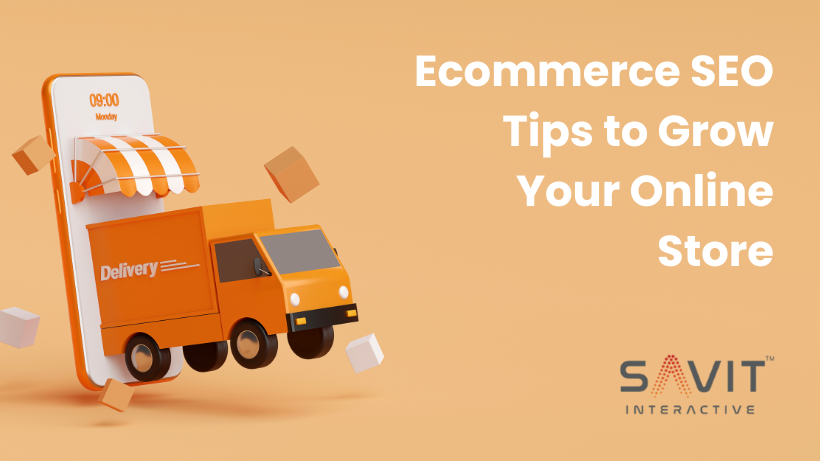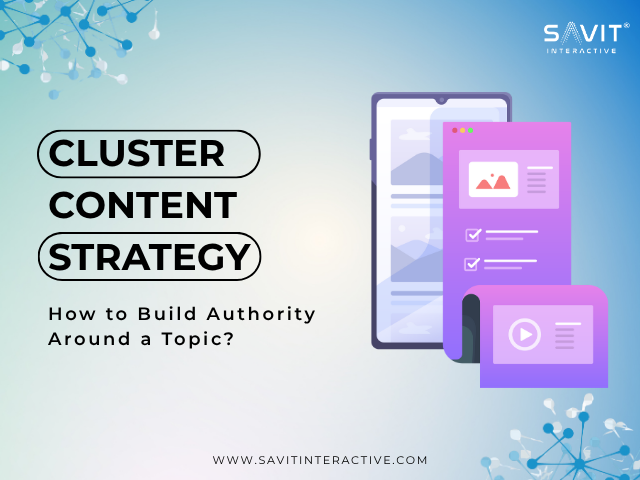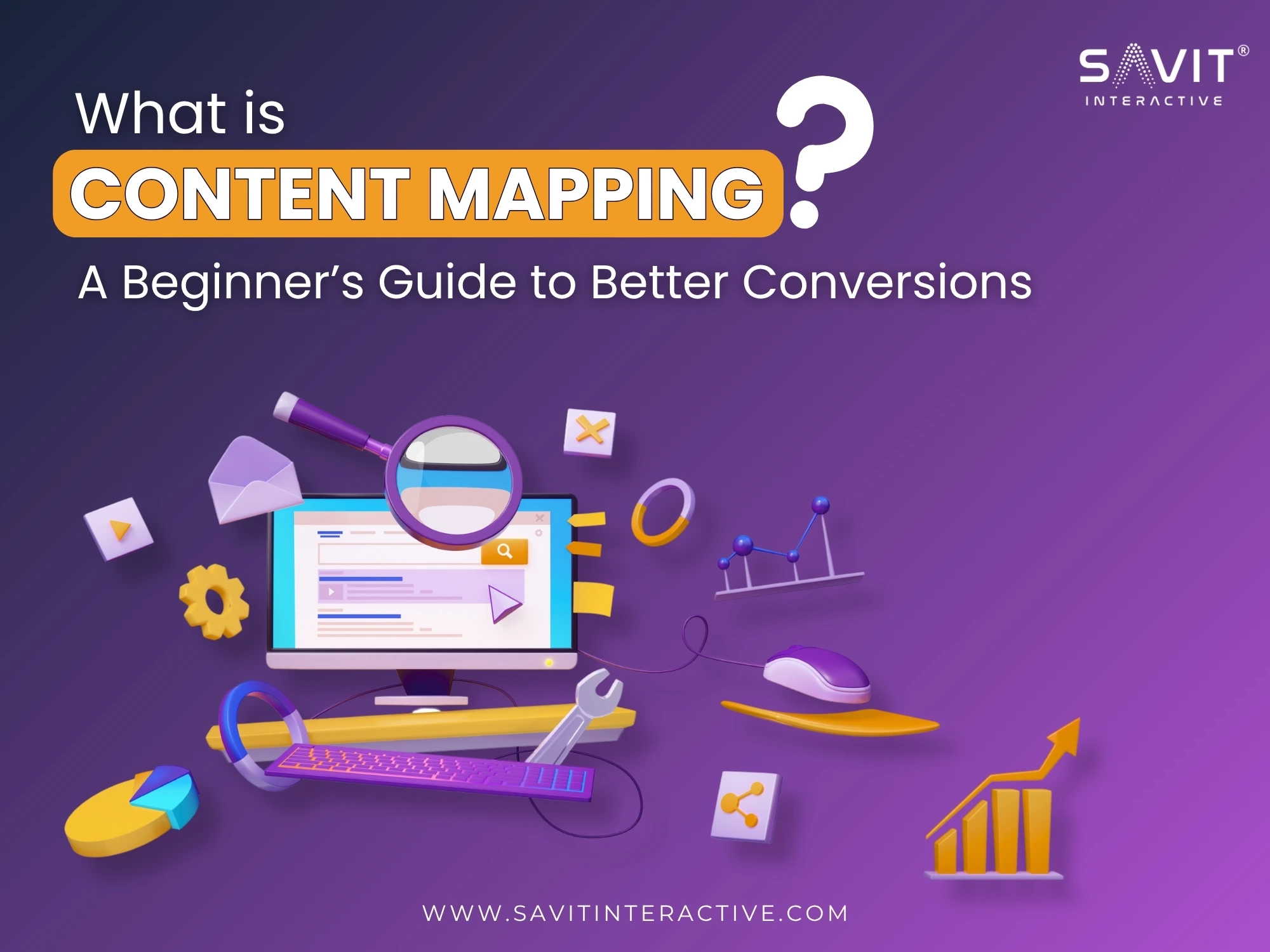Ecommerce websites that understand the significance of SEO are adopting standard procedures and witnessing positive outcomes. However, some are struggling with low rankings and unsatisfactory website traffic. Why is this happening? Despite being online entities, these websites function as stores, requiring visibility to attract customers and drive sales. When overshadowed by competitors in search rankings, the primary objective of revenue growth is compromised.
Ecommerce websites often spend a substantial amount of their fortune on paid ads and social media presence, yet their results are short lived. You must reinvest repeatedly to achieve results with each campaign.
But compared to other methods, Ecommerce SEO is the best approach when competing with other established online stores and provides long-term results. But to achieve the best results, you simply need a fresh approach.
What is SEO for Ecommerce?
Ecommerce SEO is a strategy that helps Ecommerce websites to increase their visibility on Search Engines like Google and stand out in the eyes of potential customers. Its focus lies in optimizing the essential elements of your website through on-page and technical SEO techniques. Such actions are seen to funnel a continuous influx of leads from your high-ranking position on the SERPs. Upon conversion, you witness a significant lift in your business revenue.
Ecommerce SEO benefits retailers by connecting them with their targeted consumers. But not just retailers, other entities like wholesalers also reach their targeted distributors by establishing an Ecommerce website as their face.
But as compared to other content-focused websites that sell services, Ecommerce demands a slight variation in its SEO approach. It is more than just adding keywords, writing blog posts, and gaining links. You need to understand how search engines work in the case of product pages and what practices do they reward.
That’s why our SEO experts at Savit Interactive have compiled 12 essential Ecommerce SEO tips that will help you grow your store’s online presence.
Ecommerce SEO Tips for Beginners
1. Keyword Research Basics
Keywords are the words or phrases that individuals type into search engines when they’re searching for information, products, or services. Out of all tasks in Ecommerce SEO, if there are a few that are irreplaceable, keyword research is one of them.
By incorporating the correct keywords into your product pages, you guide search engine crawlers towards your relevant content which increases your chances to rank on specific search queries.
And to discover the best keywords, you need to begin by analyzing the search intent correctly. These intents generally fall into four main categories:
- Navigational:
A search intent in which a user already knows which webpage they want to find and uses their search query to locate it. For instance, individuals looking to access their social media accounts might search for “[Social Media platform] login. Example – In case of Facebook, they will search exactly that to navigate directly to the said website.” - Informational:
When someone wants to learn about something, they often use phrases like “what,” “how,” “why,” and more. For example, they might search for “how to style my hair before going out on a date” as they eagerly prepare for the meeting. - Commercial:
Commercial Search Intent: When a user has the intent to purchase something and is looking to find the best product within a specific category, their search query typically looks like “best running shoes.” They’re seeking ratings and reviews to help them make an informed decision before making a purchase. - Transactional:
Transactional search intent occurs when users have decided on a product to purchase. They may be searching for the best place to buy it, seeking cost-effective options, or prioritizing durability. Their search queries often include terms like “cheapest running shoes” or “high-quality running shoes to buy.” Common transactional phrases include “buy,” “subscribe,” “sell,” “discount,” and similar terms. - Local:
You can use this search intent to reach out users looking for products or services in their desired area. Users generally use search query that includes both – the concerned product and the location. For example – “flower shop near me” or “dentist in New York”.
It’s essential to understand that when it comes to your Ecommerce website, your focus should be on commercial and transactional search intent for the product pages. For blogs describing your products, prioritize Informational search intent. And don’t miss out on analyzing your competitors’ keyword strategies to guide your own efforts. Start with a similar approach and adjust as needed based on your progress.
Understanding these types of search intent can help ecommerce businesses create targeted content and optimize their website for better visibility and conversions.
2. Optimize Your Product Pages
Once you’ve settled on the keywords research focus on optimizing your product pages. This includes adding a product image with alt tags, product description, title, URL, and meta description. Doing so helps both users and search engines to understand the relevance of your product pages, showcasing your understanding of the products and establishing credibility compared to other similar websites.

3. Ensure User-Friendly Design
Your website visitors will engage with your site more readily if the dedicated content is easily accessible and the ecommerce website structure is visually appealing. Increased user engagement signals search engines that your site is valuable to people.
The following measures to ensure that the user experience of your Ecommerce website is user-friendly and aligns with your niche requirements:
- Logo: Your website’s logo is like its face. It should ideally incorporate your brand name or initials prominently. A recognizable logo helps establish brand identity and fosters trust among users.
- Ecommerce website structure: To help Users and Crawlers find all pages on your site, make sure that your pages are reachable by following links through your site’s navigation.
- Pathway Breadcrumb: Breadcrumb navigation displays the hierarchical structure of the website, showing users their current location and enabling easy backtracking. It’s like a trail of breadcrumbs that helps users understand where they are within the site.
- Main Category: Highlighting primary product categories aids users in quick navigation. Whether it’s clothing, electronics, accessories, or products sorted by user concerns, presenting main categories can streamline the browsing experience.
- Filter: Filters allow users to quickly find their desired products within categories by implementing filters for brand, price range, and product size. This facilitates efficient and effective product discovery complimenting the overall user experience.
- Page Header: A clear and descriptive page header communicates the purpose of the page to the user. It should accurately summarize the content or function of the page, making it easier for users to understand and navigate.
- Easy Registration Forms: Simplifying registration forms reduces friction for users signing up for accounts to order the products on your website. Minimize the number of fields required and streamline the process as much as possible to encourage user engagement and conversion. Providing clear instructions and error messages can also improve the registration experience.
4. Long-Tail Keywords Are Key
A search query containing more than three words is generally considered as a long-tailed keyword. By targeting long-tail keywords relevant to your niche, you increase the likelihood of your product ranking well.
For instance, queries like “advantages of using vitamin C serum” or “best vitamin C serum recommended by dermatologist” are examples of long-tail keywords. If the content on your product page effectively delivers what users are seeking, it significantly boosts your chances of ranking higher on search engine results pages (SERPs).
5. Keep URL Structure Simple
Make your website URL structure easy to understand. Long strings of numbers, codes, or technical terms can confuse crawlers. Search engines like simple, straightforward URLs that accurately represent the content of the page they lead to.
A Good example of URL structure for ecommerce websites:
- Category Page:
URL example: https://www.example.com/category/electronics/smartphones
- Product Page:
URL example: https://www.example.com/products/smartphone-model-name
- Product Variant Page:
URL example: https://www.example.com/products/smartphone-model-name/color-variant
- Brand Page:
URL Example: https://www.example.com/brands/brand-name
- Search Results Page:
URL Example: https://www.example.com/search?q=smartphone
For Ecommerce sites aiming to boost their SEO, it’s recommended to keep URLs short, ideally between 50 to 60 characters. This not only makes them easier for users to read and comprehend but also facilitates sharing if someone wants to pass along a link to your product page.

6. Use Structured Data for Clarity
By using a relevant structured data, you can communicate directly with search engines using your website’s HTML code. This helps search engine crawlers better comprehend the content and purpose of your page. For instance, if you run an online store, a schema code can specify the significance of each product page.
Ecommerce structured data types
- LocalBusiness: LocalBusiness schema data helps crawlers to know about your business information pages, such as their location and opening hours.
- Product: Use Product structured data to help crawlers to get more details about your products.
- Review: Review structured data helps search engine to understand product reviews on your site.
- BreadcrumbList: BreadcrumbList structured data helps search engines to understand the hierarchy of the product pages on your Ecommerce.
- Sitelinks Search Box: Sitelinks search box structured data is a quick way for people to search your site or app immediately on the search results page.
- VideoObject: VideoObject schema data helps search engines present the videos appropriately in the SERPs.
7. Avoid Duplicate Content
Duplicate content is a big no-no when it comes to pleasing search engines. Some sellers might be tempted to use the product descriptions provided directly by manufacturers to ensure accurate information.
However, here’s the catch: you’re not the only one selling those products. Other websites will likely have the same content, and that can hurt your rankings. It’s better to create unique product descriptions whenever possible.
Another common oversight in Ecommerce websites is having similar URLs. Whether you’re showcasing individual product pages or categories, it’s crucial to tidy up your URLs. How? Well, there are three main tasks you can tackle:
- Remove Duplicate Pages: Having multiple pages with similar or identical content but different URLs can cause issues with indexing. It’s best to consolidate these pages and keep the one that serves your intended purpose both for user experience (UX) and search engine optimization (SEO).
- Canonical Tags: Canonical Tags help search engines to choose the most representative URL from a set of duplicate pages. Sometimes, products come in different variations. For instance, a foundation product page may stay the same while displaying different colors, resulting in slightly different URLs. By using canonical tags, you can tell search engines which URL should be the focus for indexing. This is especially handy when you can’t eliminate certain URLs, like in our example of showing different product colors.
- Implement Redirects: Websites can have various URL formats, such as “http://www.clientwebsite.com/product” or “http://clientwebsite.com/product.” To avoid confusion for both search engines and users, it’s wise to set up 301 redirects. This means that no matter which URL variation users type in, they’ll be redirected to a single, standardized link. This helps search engines identify the legitimate URL and index the respective page accordingly.
8. Speed Up Your Site
Did you know that just speeding up your website by one second could increase mobile user conversions by up to 27%? That’s what Shopify says, highlighting the importance of mobile optimization and reducing loading times for Ecommerce sites.
Google also points out that if your page takes longer than three seconds to load, the chances of visitors bouncing off your site almost triples. So, it’s crucial to act fast. Here are some steps you can take right away:
- Use a content delivery network (CDN) to distribute your content more efficiently.
- Look for a web stack specifically designed for speed.
- Opt for a mobile-responsive design to ensure your site performs well on all devices.
- Limit the use of pop-ups, as they can slow down loading times.
- Reduce the size of thumbnail images to speed up page loading.
- Compress both file and image sizes to minimize load times.
- Minify JavaScript and CSS files to streamline your website’s code.
- Regularly check for and remove broken links to prevent delays in loading pages.

9. Content Is Crucial
Creating content is important for ensuring your online store shows up in search results. Think about things like helpful infographics that show how to use your products, or blogs and articles that talk about why your products are great solutions for specific problems your customers might have. Writing detailed and informative content can help you tell your brand’s story and make it stronger. When people read the stuff, you put out there, they start to get to know your products better. They might even feel like they have a connection with your brand before they’ve even bought anything.
Also, having this sort of content on your website helps show that your business cares about educating its customers. When people are searching for information about your product or the problems it solves, they’ll find your helpful content and see that your business knows what it’s talking about. This makes your brand look more trustworthy and relevant to search engines, thereby increasing your chances to rank higher on the search results.
10. Build Quality Backlinks
Your website is like a vast storehouse of information, packed with tons of products. But guess what? There are plenty of other online stores just like yours, all filled with their own libraries of products. In determining the priority order for website crawling, search engines typically assess link authority as a primary factor.
It’s a well-established, yet an unspoken rule that – your rationale gains validity when supported by authoritative figures within society. Same applies for the links on the world wide web. This support is known as “link juice”. And to achieve that, your targeted webpage must be interlinked with the content uploaded on an authoritative website that serves in the same domain as your target industry.
When it comes to Ecommerce SEO, a smart strategy involves building high quality backlinks through guest posting, articles, classified postings, business listings, video submissions, and other methods on reputable websites. The greater the quantity of high-quality backlinks you accumulate, the stronger your domain authority becomes in the Off-Page arena. And thereby your website attains the increased possibility of appearing higher in search engine results pages (SERPs).
11. Utilize a Sitemap
It’s crucial to establish a priority list that signals to Google which websites to crawl first, and this is achieved through an XML sitemap. This guarantees effective crawling and indexing of important set of webpages on your website.
For Ecommerce websites, various types of pages require crawling with different intents. Therefore, organizing your sitemap into different categories such as product pages, blog pages, and pages that provide description about the involved company, is essential. Savit Interactive adopts this categorization approach to influence preferred crawling behavior from search engine bots and to rank your webpages according to your terms and strategy.
12. Simplify Social Sharing
Making it easy for people to share products from your online store on social media brings many benefits. It helps more people see your products and gets them talking about them. This can lead to more sales. Plus, when people share your stuff, it can also help your website show up better in search results. Keeping an eye on what’s being shared can give you good ideas about what people like and where they’re talking about your products. So, making sharing simple can help you reach more people, sell more, and learn what works best.

Final thoughts
Thats all you need to manage for your Ecommerce SEO. Applying each tip will gradually enhance your website across various factors, helping you ascend the relevancy ladder on search engines.
Besides this, when you look at it, these tasks are too time-consuming for business owners to handle themselves. They’d have to start by learning about SEO, which isn’t a priority for their competitors either. So, how do they manage SEO for their Ecommerce websites? They seek agencies like ours for Ecommerce SEO service.
We can reduce your workload with a dash of our own expertise when it comes to Ecommerce SEO! Contact our SEO company in USA to find out how.



